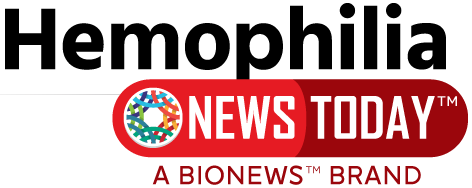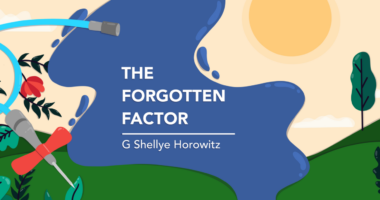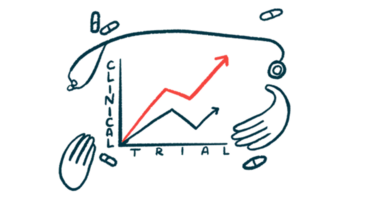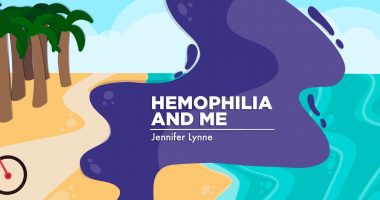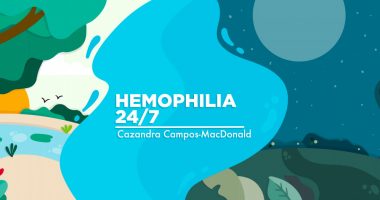33 iron-rich foods to add to your diet
Last updated Oct. 7, 2025, by Susie Strachan

For people with hemophilia, eating iron-rich foods is important, as frequent bleeding can lead to significant iron loss and complications such as anemia.
Hemophilia prevents blood from clotting properly, meaning even minor injuries can cause excessive blood loss. When iron levels are low, it can slow your body’s ability to recover, including from bleeding episodes.
Eating more iron-rich foods, such as lean protein, leafy greens and other vegetables, and whole-grain fortified cereals, can help maintain your iron levels and support your overall health.
The importance of iron-rich foods for people with hemophilia
Iron is an essential mineral that helps your body make red blood cells. Red blood cells carry oxygen throughout your body, which helps sustain your energy levels.
The amount of iron you need each day varies. It is based on factors including your age, gender, and specific health needs, such as having a bleeding disorder.
Frequent bleeding episodes can lead to low iron levels, which affect your body’s ability to produce hemoglobin. Hemoglobin is the protein in red blood cells that transports oxygen.
Iron loss can result in anemia, which is when your body doesn’t have enough red blood cells or hemoglobin to carry oxygen. Anemia can cause symptoms such as fatigue, weakness, and dizziness.
Even if you don’t have frequent bleeds, it’s still important to get enough iron. Also, iron-rich foods contain other nutrients that are essential for good health.
Eating a healthy diet when you have hemophilia can help you maintain a healthy weight while supporting joint and blood health. Obesity can increase pressure on your joints, raising the risk of bleeding and joint problems.
Heme iron foods
The two sources of dietary iron are heme and nonheme iron. Heme iron is from animal sources such as red meat, poultry, and seafood. Your body more easily absorbs this type of iron.
Chicken, beef, and pork liver
Liver is rich in iron. Other organ meats, such as kidneys, heart, tongue, spleen, and sweetbreads, also contain high amounts of iron. These foods can be high in fat, so eat them in moderation.
Oysters, mussels, and clams
Oysters have the highest levels of iron in the mollusk family, followed by mussels and clams. They’re also good sources of protein, which can help your body recover after bleeding episodes.
Beef, pork, and lamb
Red meat is one of the richest sources of iron. Beef, pork, lamb, mutton, elk, bison, and venison are all good choices.
Chicken and turkey
Poultry, such as chicken and turkey, is rich in iron. Dark meat generally has more iron than white meat but is higher in fat.
Sardines and shrimp
Both fresh and canned sardines are excellent sources of heme iron. Canned sardines often include the bones — a plus for added nutrition, as they provide extra calcium. Calcium boosts bone health, which is important for people with hemophilia, as they have a higher risk of bone loss and fractures.
Shellfish like shrimp are another good source of iron. Shrimp and many other types of seafood also contain omega-3s. These are fatty acids that help improve the health of your joints, which can become damaged during bleeding episodes.
Nonheme iron foods
Nonheme iron is the type of iron found in plant-based foods and some fortified products, such as breakfast cereals and bread. Animal foods also contain small amounts of nonheme iron.
Your body doesn’t absorb nonheme iron as well as it does heme iron. But if you’re a vegetarian or vegan and have hemophilia, there are still plenty of iron-rich plant-based foods to support your iron levels.
Iron-fortified cereals, breads, and pastas
Whole-grain, ready-to-eat cereals — hot or cold — are good sources of iron. Iron-fortified breads and pastas have added iron to make them more nutritious.
Lentils, beans, and tofu
Lentils are high in nonheme iron, including the brown, yellow, green, and black varieties. While red lentils actually contain more iron than beef, your body can’t absorb as much of the iron in lentils.
Tofu, also known as bean curd, is made from curdled and pressed soy milk and is a great source of iron. Edamame are immature soybeans harvested while still green and are also a solid source of iron.
Beans are another great choice. White beans, including cannellini, navy, lima, and army beans, are among the highest in iron. Other good sources of iron are kidney, black, red, and pinto beans.
Quinoa, amaranth, and oats
Whole grains such as quinoa, amaranth, and oats are high in nonheme iron. They are often used in commercial products such as bread, pasta, and cereals, which are typically fortified with additional iron to enhance their nutritional value.
Nuts and seeds
Nuts and seeds such as cashews, pistachios, almonds, pumpkin seeds, sesame seeds, and sunflower seeds are all good sources of iron.
Broccoli and leafy greens
Both broccoli stems and florets are high in iron. Eating the whole vegetable, either raw or cooked, has the most benefits.
Dark, leafy greens, such as spinach, kale, collard greens, Swiss chard, beet leaves, and dandelion leaves, are also excellent sources of iron. As an added benefit, these greens contain vitamin K, which plays a role in making clotting factor proteins.
White and sweet potatoes
A potato’s iron amount doesn’t change significantly based on how it’s cooked. Further, the skin of a potato — whether white, red, or sweet — offers additional iron.
Raspberries, blackberries, and mulberries
Berries are some of the richest fruit sources of iron. They’re also high in antioxidants. These chemical compounds can help reduce oxidative stress that causes inflammation and pain associated with hemophilia and other chronic conditions.
Fortified fruit juice
Fortified juices, such as orange juice and apple juice, have iron added to them. They’re also a rich source of vitamin C, which can help your body absorb more iron.
Mushrooms
Mushrooms contain varying amounts of iron. Shiitake, oyster, portobello, and cremini mushrooms are some of the best iron-rich fungi choices.
The link between iron and vitamin C
To get the most iron from plant-based foods, eat iron-rich foods along with something high in vitamin C. The vitamin helps convert nonheme iron into a form that is more easily absorbed by your body.
Some foods that are high in vitamin C are:
- oranges
- lemons
- broccoli
- leafy greens
- melons
- kiwis
- peppers
- strawberries
- tomatoes
Iron supplements
Many multivitamins and mineral supplements contain iron. Iron may be listed on the label as ferrous sulfate, ferrous gluconate, ferric citrate, or ferric sulfate.
Always speak with your doctor before starting to take iron supplements. Your doctor can determine whether you need additional iron to help your body recover from bleeding episodes caused by hemophilia.
There are some pros and cons to taking iron supplements.
Pros:
- They provide a concentrated source of iron, which can be beneficial if you are anemic or have difficulty getting enough iron from your diet.
- They allow for a more precise amount of iron intake.
Cons:
- They can cause side effects, such as constipation, nausea, and upset stomach.
- They may interact with other medications, such as some antibiotics and heart medications.
- Taking too much iron, especially in supplement form, can lead to iron toxicity.
It’s very important to always follow the recommended dosage of iron.
If you suspect an iron overdose, get immediate medical attention, as it can be life-threatening. Keep iron supplements out of reach of children to avoid accidental iron poisoning.
Iron-rich meal suggestions
Whether you want to get your iron from heme or nonheme foods, there are plenty of iron-rich meals to support a healthy diet.
Search online for iron-rich meal recipes to make an iron-rich meal plan that suits your tastes, whether you need on-the-go snacks or full dinners for your family.
Some ideas for combining iron-rich foods with foods high in vitamin C include:
- spinach and tomato omelet with a side of orange slices
- lentil and kale salad with a citrus vinaigrette
- beef stir-fry with peppers
- vegan chickpea and spinach curry served with roasted red pepper quinoa
- trail mix snack with nuts, seeds, dried apricots, and raisins
A registered dietitian can give you advice on incorporating iron-rich meals into your diet.
Although not specifically for people living with hemophilia, the American Red Cross offers a downloadable guide featuring foods rich in iron, including recipes to help increase your iron intake.
Hemophilia News Today is strictly a news and information website about the disease. It does not provide medical advice, diagnosis, or treatment. This content is not intended to be a substitute for professional medical advice, diagnosis, or treatment. Always seek the advice of your physician or other qualified health provider with any questions you may have regarding a medical condition. Never disregard professional medical advice or delay in seeking it because of something you have read on this website.
Recent Posts
- Why someone else’s weight struggles are a private matter
- New gene therapy reduces bleeding rates for hemophilia B patients
- Hympavzi boosts quality of life for hemophilia patients in trial
- When women with bleeding disorders show up for each other
- In our family, we each play a role in navigating hemophilia
